Here is our guide on easy creative activities and nature-inspired craft projects.
1
Nature Sketching
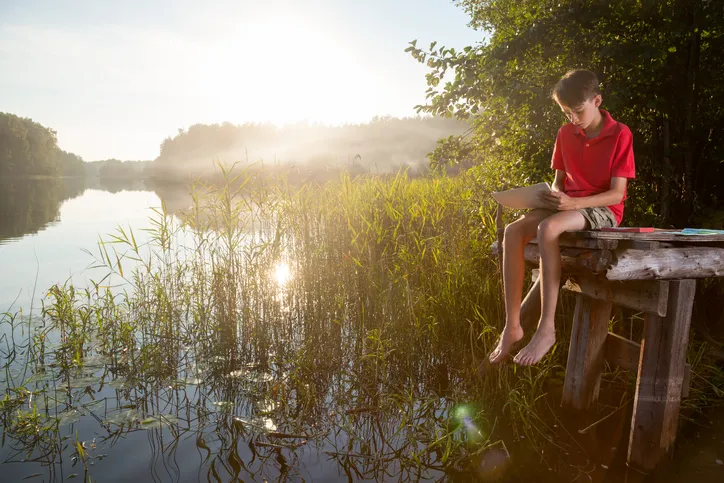
Sketching a flower, insect, river or tree helps you to understand the intricacies of the natural world. Regardless of your artistic skill, on your next trip outdoors take a sketchbook and pencil. Stopping at a clump of coastal thrift, the buttressed roots of an old oak or the bank of a placid lake, pull out your pad and draw what you see. Make notes alongside your work, describing the colour, smell and sound of your subject. The more detailed the sketch, the closer you will need to look, and the closer you look the more you will see.
2
Stone balancing
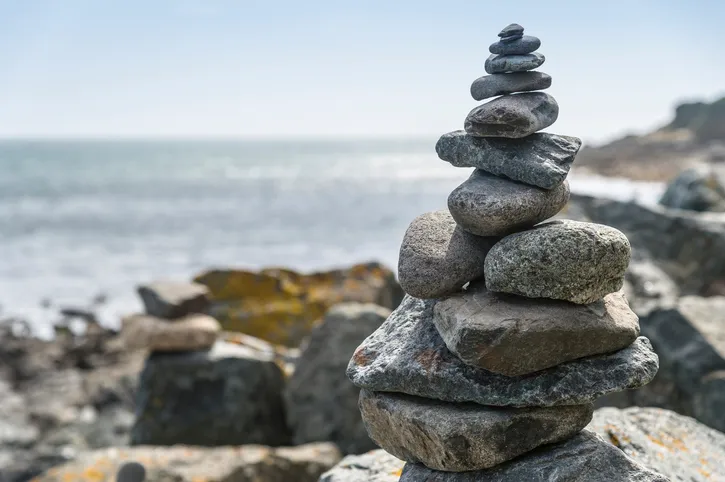
“In nature there is no such thing as imperfect balance”, says stone balancing pioneer Adrian Grey. The art is simple: Head into the countryside, find some stones and then stack them one on top of the other. The stone piles look beautiful against a natural backdrop, but it’s the process of building the structures that brings most joy. Plunge your hands into a gurgling river, its water cold around your arms, and pull a stone from the bed. Assess its shape and feel its weight, then position it on another. Even the smallest creations will bring you closer to nature.
3
Landscape writing
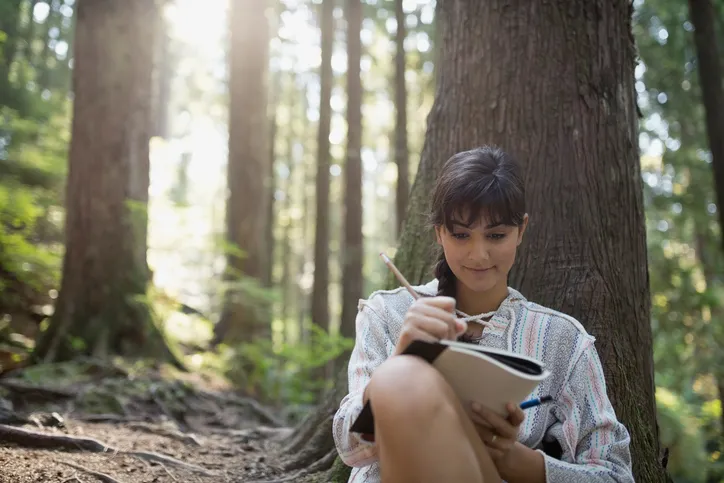
Just like sketching, writing encourages you to focus on the various elements that make up an animal, plant or landscape. Find a high vista, sit on a log and describe the scene before you – the temperature, the movement of air, the clouds and the hills. You may start to notice things that you’ve previously missed.
4
Foraging
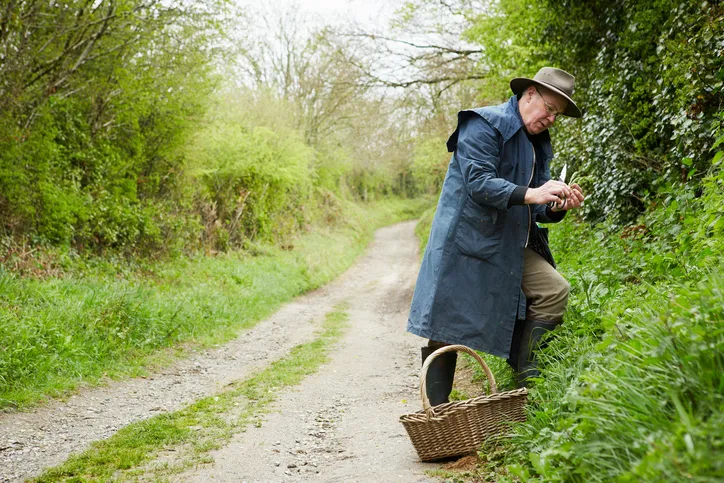
Take advantage of spring and summer and delve into the world of foraging. Searching for your next meal in the countryside will not only fill your belly, but will also increase your connection with the land. With a guidebook in hand, there’s plenty to be found; on the coast, pull gutweed from the rocks, frying a bunch in butter for a crunchy snack that tastes of the sea; search the path verges and forest floors for dandelion leaves and wild garlic, a delicious salad for a warm summer day; and pick wood sorrel from the shaded banks of rivers and tracks for a burst of energy on your next ramble.
N.B. Always be sure you can positively identify any plant before you pick it, and never eat anything you are unsure of. Make sure you leave plenty for wildlife (and other foragers!).
5
Colour spotting
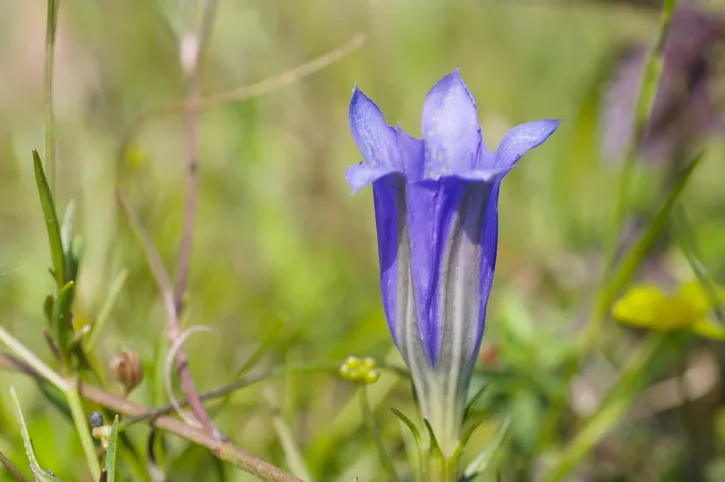
This is a great game for kids, though people of all ages will feel the rewards. Choose a colour – lilac, mustard, deep-green, yellow – and on your next trip into the countryside try and find it. It may take a minute or two to get going, but once you spot one creature or plant with your chosen hue, you’ll soon find more.
6
Bark rubbings
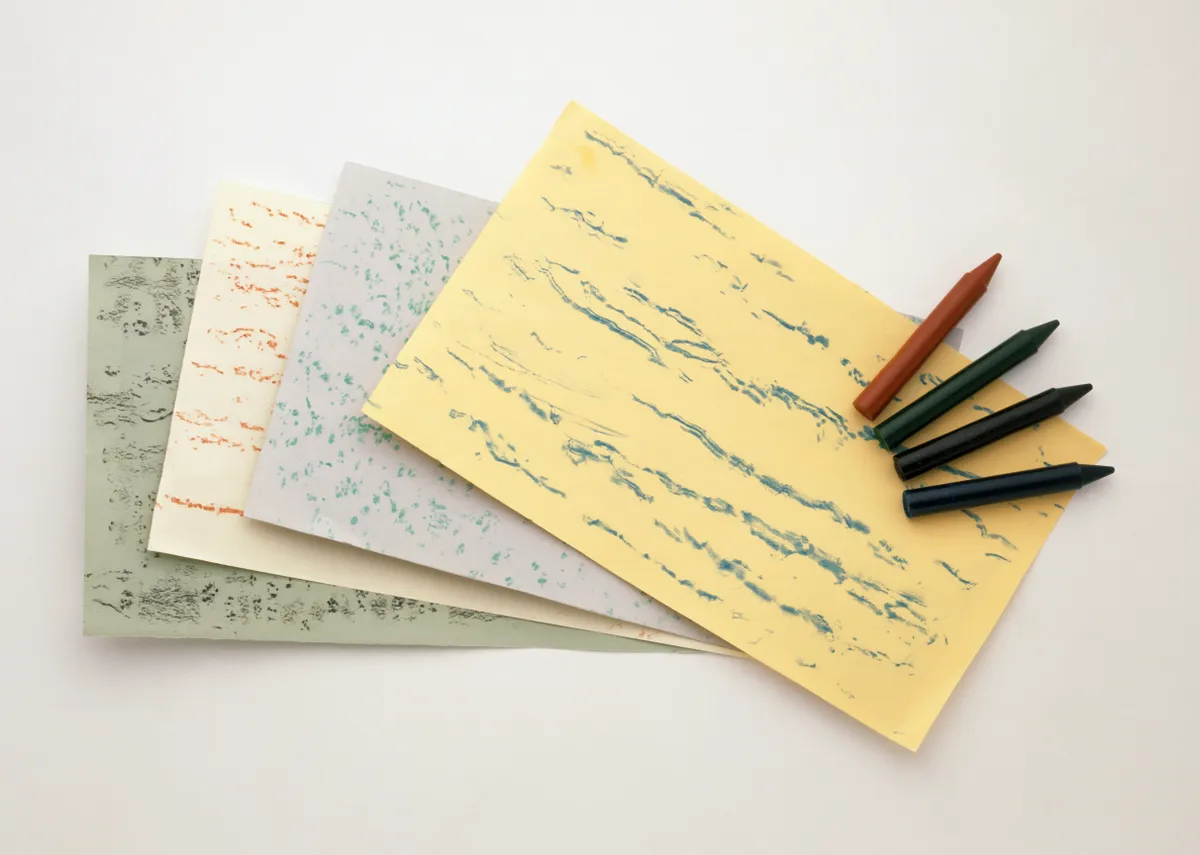
One of the most effective ways to understand the incredible diversity of nature is to do a bark rubbing. Pick a tree, hold a piece of paper against its bark and rub it with a soft pencil, pastel or piece of charcoal. Observe your rubbing, taking note of the various shapes and questioning their existence. You needn’t know the answers – simply thinking about the physiognomy of your subject matter will increase your connection with it.